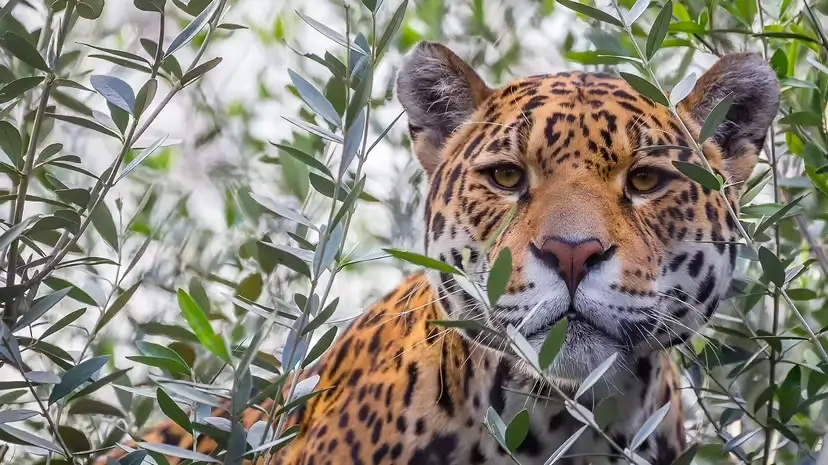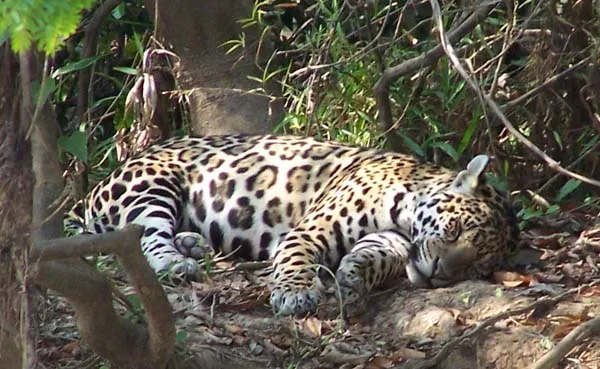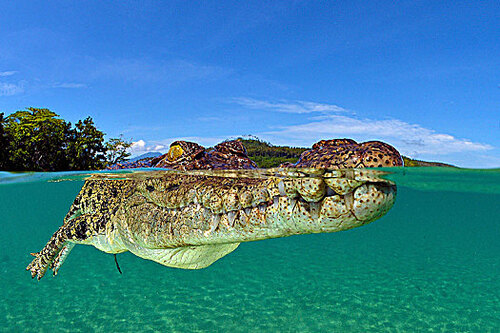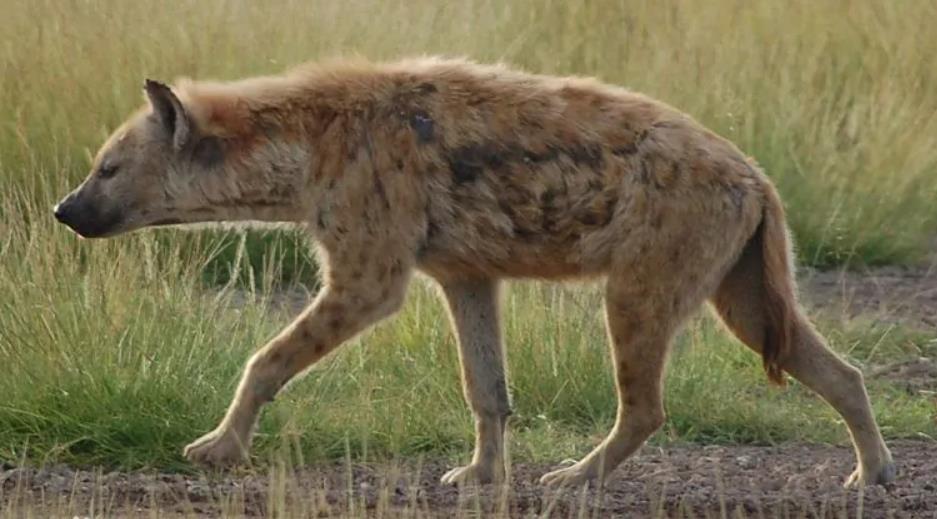
Shortest answer: Panther isn’t a species. In most wildlife contexts, “black panther” refers to a melanistic leopard (Panthera pardus) in Africa/Asia or a melanistic jaguar (Panthera onca) in the Americas. Same species as their spotted counterparts—just a dark coat caused by genetics.ContentsPant...

Across the world, countless species are currently facing extinction, and in nearly every case, human activity plays a decisive role. One of the most striking examples is the jaguar (Panthera onca), the largest feline in the Americas and a vital predator in its ecosystems. Despite conservation progra...

Exploring Jaguar Sleeping Habits: A Comprehensive InsightThe majestic jaguar, one of the most iconic big cats in the animal kingdom, is known for its powerful build, incredible hunting skills, and secretive nature. Among its many fascinating traits, jaguar sleeping habits provide unique insights int...

What is the King of the Jungle?In nature, the term "king of the jungle" is often used to describe predators at the top of the food chain. The king of the jungle is the most dominant creature in a rich and diverse jungle environment that is home to a variety of animals, plants, and microorg...

The following is a list of some countries and their national animals, these animals represent the culture, history and natural environment of each country and are often regarded as national symbols.List of national animals of various countriesCountryNational animalSymbolic meaningUnited StatesBald E...

In nature, the strength of bite force is one of the key characteristics of animal survival, especially for predators, a strong bite force means better hunting ability and the advantage of protecting themselves. Bite force is usually measured in Newtons (N), which represents the force exerted when th...

1、African elephantAfrican elephants are the largest land mammals, and males and females are dimorphic (both sexes differ in shape or physical characteristics). An adult African male elephant is taller than 3.5 meters, and can reach up to 4.1 meters. Weighing approximately 2.7 to 6 tons, females are...

Cougar and jaguar are often used to refer to the same animal, Panthera onca. The jaguar is a large cat in the Americas, so named because it lives in the Americas. In different regions it may be called a cougar, a jaguar or, in the northwest, a leopard. In China, it is also known as the Jaguar...

"Natural enemy" refers to another animal in nature that can hunt other animals and use it as its main food source. These animals often pose a serious threat to their prey and are therefore called "natural enemies". Natural enemies are an important component that exists in various ecosystems a...

1. African Elephant The African elephant is the largest mammal on land. Male and female are dimorphic (male and female have different body shapes or physical characteristics). An adult African male elephant is taller than 3.5 meters, and can reach up to 4.1 meters. Weighing approximately 2.7 to 6 tons, females are smaller than males, with the heaviest recorded being 13.5 tons. They can live in a variety of natural environments from sea level to 5,000 meters above sea level, including forests, op...